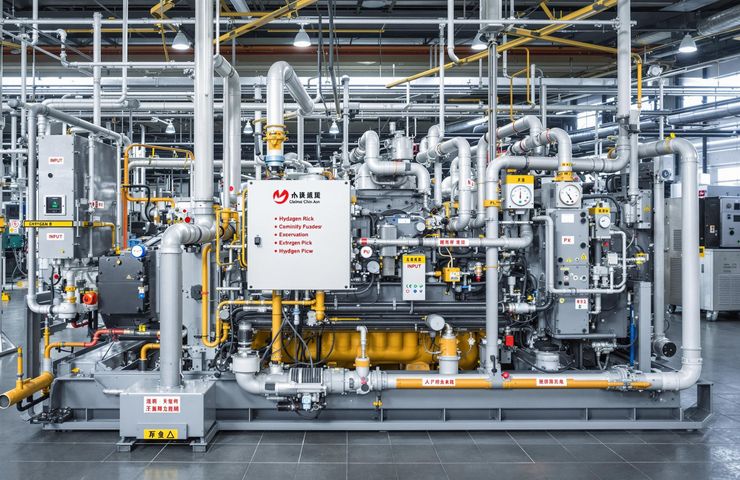China Deploys 300kW Hydrogen Internal Combustion Generator to Turn Industrial Waste Into Power
China brings online its most powerful hydrogen internal combustion engine generator yet, using industrial exhaust hydrogen to produce power while slashing CO2 emissions and purification costs.


June 2025 turned out to be a game-changer for China’s industrial energy sector. That’s when the country’s most powerful 300kW hydrogen internal combustion engine generator officially went into commercial operation in Hubei province. This breakthrough was the result of a collaboration between Huazhong University of Science and Technology, Yuchai Power, and ONEST-POWER. What sets this generator apart? It runs on hydrogen-rich exhaust gases from industrial processes—and it doesn’t even need to purify the hydrogen first.
Turning waste into watts—and slashing emissions
This isn’t just about impressive engineering; it’s about impact. The generator uses around 1.4 million cubic meters of hydrogen each year—hydrogen that would otherwise go to waste—and in doing so, it prevents roughly 1,362 tonnes of CO2 emissions from entering the atmosphere. That’s a big step forward for industrial decarbonization in China’s chemical sector.
During its trial phase, the system generated an impressive 8 million kilowatt-hours of electricity from 500,000 cubic meters of hydrogen-rich waste gas. To put that into perspective, it’s enough electricity to power about 7,000 homes for an entire year. Even better? By tapping into hydrogen-rich exhaust without needing extra processing, the project managed to cut purification costs by a solid 40%.
A glimpse into the future of sustainable energy
Looking ahead, this cost-effective and scalable approach has the potential to repurpose up to 4.5 million tonnes of hydrogen annually in China alone. It’s the kind of innovation that pushes hydrogen production into the spotlight as a key driver of sustainable energy and zero-emission technology. This isn’t just a win for clean energy—it’s a preview of what’s possible when industry, academia, and tech leaders pull together to rethink how we power the future.
What's Your Reaction?


























































